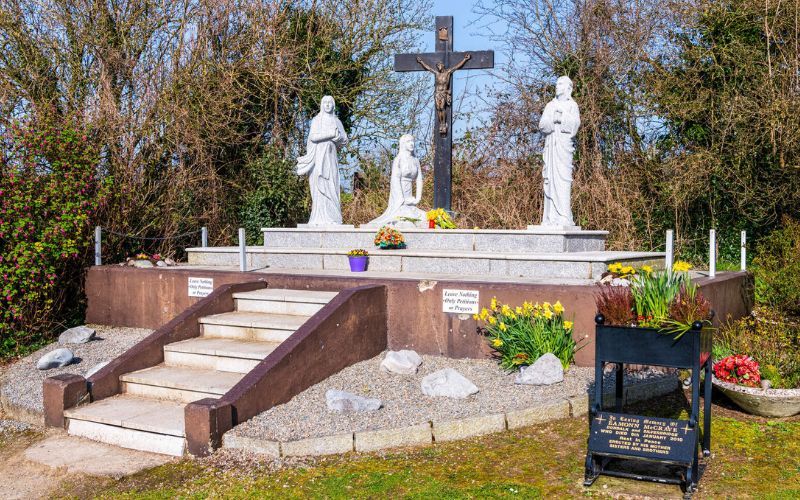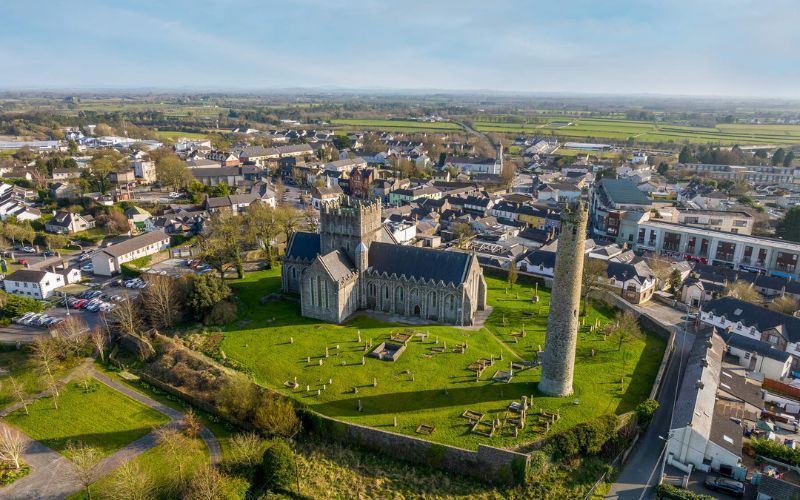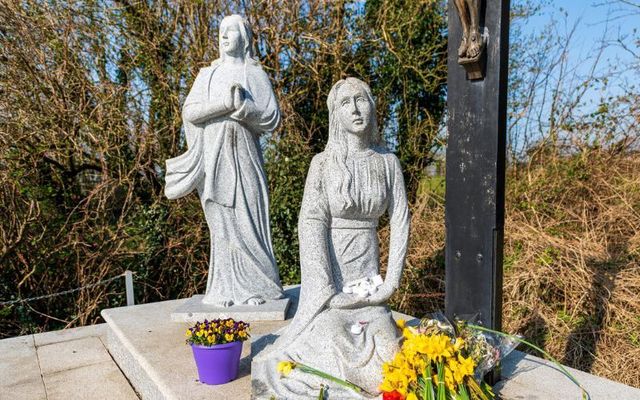In 2023, St. Brigid's Day became Ireland's newest bank holiday - it's observed on the first Monday after February 1, which in 2025, is February 3.
While St. Patrick is celebrated around the world every March 17, St. Brigid "Muire na nGael" ("Mary of the Irish") is less well known outside of Ireland, where she is held in high regard.
Her feast day is February 1, which will be celebrated throughout Ireland by remembering St. Brigid's remarkable story and by following certain Irish traditions.
St. Brigid's Day is linked to the Celtic festival of Imbolc, heralding the return of spring on February 1. The Celtic Goddess Bríd was regarded as a goddess of healing and the ancient Celts acknowledged her on this day as the day that signaled renewal, new growth, and escape from darkness.
When was St. Brigid born?
St. Brigid is believed to have been born circa 451 near Dundalk, Co Louth.
Today, she is celebrated for her role in converting Irish tribes to Christianity and establishing what could be the oldest Irish monastery in Co Kildare.

Brigids Well in Co Louth. (Ireland's Content Pool / Gareth Wray)
St. Brigid has long been a favorite saint, recognized in Irish customs and traditions.
She comes second only to St. Patrick in terms of the number of customs that asked for her blessing and guidance.

St Brigid's Cathedral, Co Kildare (Ireland's Content Pool /Gareth Wray)
The many ways and traditions to celebrate St. Brigid's Day
Hoping to remember some of those vibrant traditions of St. Brigid's Day, Wicklow-based folklorist Johnny Dillon compiled these must-know facts about the saint, looking back on the many ways in which she was remembered and feted in Ireland, where storytelling and visiting others were the main forms of entertainment.
Dillon, who has worked with the National Folklore Collection in Dublin and with the Folklore of Ireland Society, told IrishCentral, "It's fair to say that I am quite obsessed with this topic, and am similarly dedicated to the preservation, protection, and promotion of our traditional culture and heritage," something which he views as "a counterbalance to the shallowness present in much of modern experience."
For example, have you ever heard of the Biddies, the St. Brigid effigies made out of butter churns that were celebrated with music from house to house as part of a tradition asking St. Brigid to look after the year's profits?
Or of St. Brigid's mantle, of which stripes were often woven into the clothing of fishermen to protect them from drowning?
Brat Bhríde ~ Brigid's Mantle
St Brigid's Eve (31 Jan) people put out a ribbon & leave it there for the night. It is said St Brigid blesses it. It is kept safely until someone gets a bad headache & he puts the ribbon round his head.#FolkloreThursday https://t.co/r0UjUHkEg1 pic.twitter.com/NBeAN7DnVU
— dúchas.ie (@duchas_ie) January 30, 2020
"I compiled this specific piece to educate people about the many customs surrounding the festival of St. Brigid in Irish folk tradition," Dillon said.
"St. Brigid is close to the hearts of many in Ireland, and her festival represents the arrival of spring, and in doing so celebrates ideas of propagation, fertility and the feminine.
"A knowledge of our traditional heritage provides us with a deeper understanding of our roots, and can, I believe, foster a sense of meaning and belonging which has in many ways, been stripped from us in modernity … Our customs and traditions, therefore, should not merely be viewed as relating to the past, but be thought of as lights by which we might steer ourselves onward, into the future."
You can view the full video and the story of St. Brigid and her feast day's many traditions below:
*Originally published in January 2017, updated in January 2025.




Comments